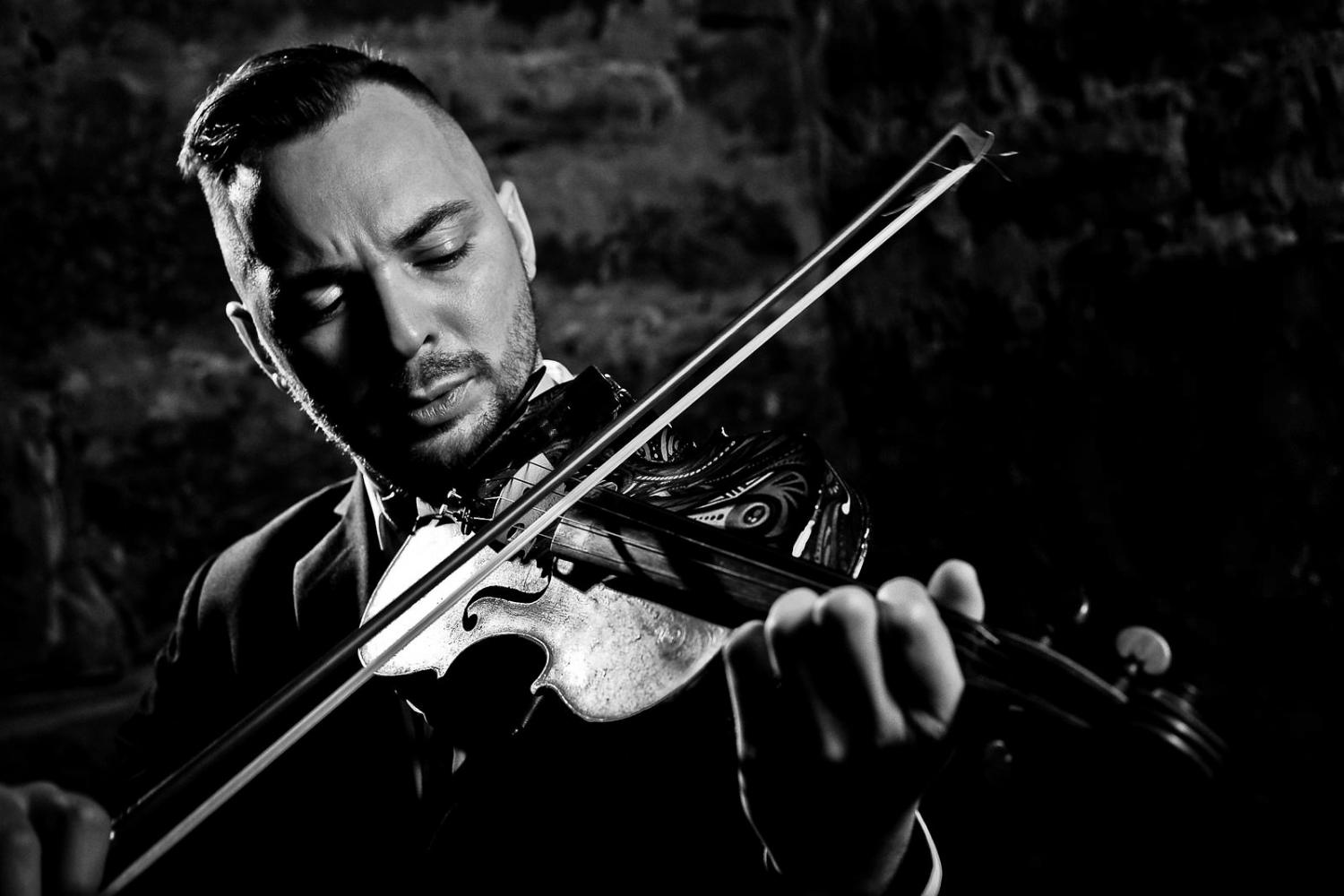
Recipe for a Dancer
By: Chick Snipper
With the arrival of shows like So You Think You Can Dance (important enough to have its own acronym — SYTYCD) and Dancing with the Stars, to name the two biggies, dance has become the new American Dream. Fame, fortune, partners with pecs — they can be yours for the taking. All you have to do is become a dancer who is talented (and cute) enough to fox trot, hip hop, jazzercise and barrel roll your way into the dazed eyes of loud-mouthed judges and screaming fans who have the power to dial you to stardom. I mean, how hard can that be?
I would be lying if I didn’t admit to watching a full season of SYTYCD when it first aired. It was at my daughter’s insistence otherwise I’d have boycotted – just me few other stalwart Canadians whom I haven’t yet met but I know are out there somewhere.
After ignoring the initial cheesiness I am now marveling at the technique and endurance this show demands from its dancers. I am particularly taken with the range displayed by hip-hoppers, some of whom had little or no formal training previous to joining the other SYTYCD initiates. This show proves to the world that dancers are more fit than most professional athletes, can shift from style to style quicker than Picasso, have unending humility as well as high spirits and dogged determination. It’s also expanded the critical mass of dance aficionados amongst the general public – a very good thing.

I know that these reality shows are more about theatre than truth, but I couldn’t help feeling chilled by the quantity of demands heaped on the participants during the behind-the-scenes rehearsals. Participants must adhere to a ‘boot camp is for sissies, injuries be damned, shoot ‘em up’ kind of mentality. And that doesn’t include the verbal assault aimed at them by the judges after the ‘the routine’, as each 1-2 minute piece is quaintly labeled. (Outside the world of TV, in contemporary, ballet and other forms of dance, this kind of abusive culture still exists here and there, although things have improved thanks to dancers’ unions propelled by the recognition that “things must change.”)
So what are the ingredients that go into making a terrific dancer? Who are these dancers slogging it out in the trenches of Canada’s cultural milieu, the women and men who train and rehearse and teach 7 days a week in an under funded, poorly paid, marginalized, esoteric world?
This real world of dance is distinctly different from the one reflected in SYTYCD and it’s not because these other dancers work less hard or are less talented or wear a lot less makeup. It’s because they do it behind closed doors, are barely recognized by anyone for their contributions to making this country a better place to inhabit, (except by their bemused parents) and rarely receive public accolades or awards, although that is changing slowly.
Many dancers operate like Have Gun Will Travel, roving artists for hire. They often work for independent choreographers or Artistic Directors of small companies funded by city, provincial and federal programs. They might finish one project with one choreographer, then if lucky, move onto another project with another creator whose style of work demands quite different things from them. There are more lean times than flush, even for the best out there. Few dancers are employed on lengthy contracts other than those who work with large, well established organizations like The National Ballet or LaLaLa Human Steps. And rarely do their contracts cover 52 weeks.

How do most dancers spend their days? Well, they train at least 5 days per week, in the morning (this training is rarely subsidized unless they are employed by a company that holds morning classes), have lunch then rush to rehearsals in the afternoons, hopefully finishing by 6. They also teach classes in the evening and on weekends, write arts grants, sew costumes, stage manage someone else’s show. On their small wages they are trying to cover the fees of chiropractors and acupuncturists while paying down student loans and forking out most of their earnings on a small apartment somewhere close to public transportation. Some have kids to care for and support.
Dancers have to be good at several things at once in order to supplement their incomes. And they are not one dimensional, one of the biggest myths out there. They have university degrees, are certified as yoga and Pilates instructors, wait tables, take night courses, work retail, clean houses, teach kayaking. They are tree planters, bike couriers, early childhood caregivers, arts administrators, videographers or poets.
So why do they dance?
They do it because they are called to it, just like writers or mathematicians or chefs. Some might call it an addiction. Either way, it’s a path that is easy to fall into but Herculean to fulfill; one that brings minimum financial remuneration, punishing body issues, fleeting highs and daily discouragement.
However, unlike so many out there in the work a day world, they look forward to the daily grind and although full of complaints and pain and disappointment and poverty and fatigue, they usually don’t abandon it until their bodies force them to let go. Mind you, some leave dance forever because they too live in the 21st century where living costs are high and having serial careers is the name of the game.
Those who are in dance and those who leave it often talk about wanting to contribute something positive to the world around them. Maybe that’s as much their addiction as the dance itself. And as modern addictions go, it’s one we should celebrate.












